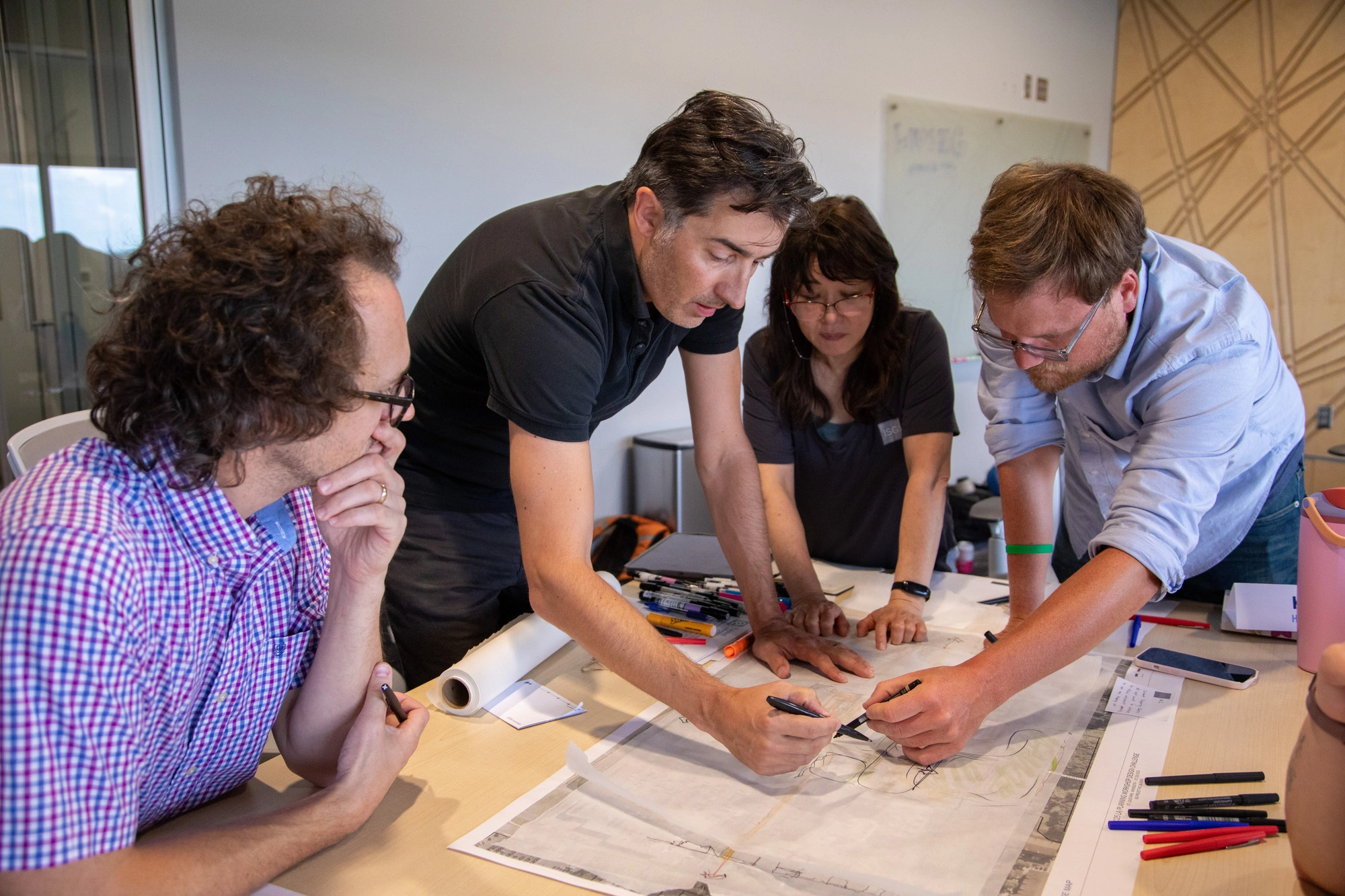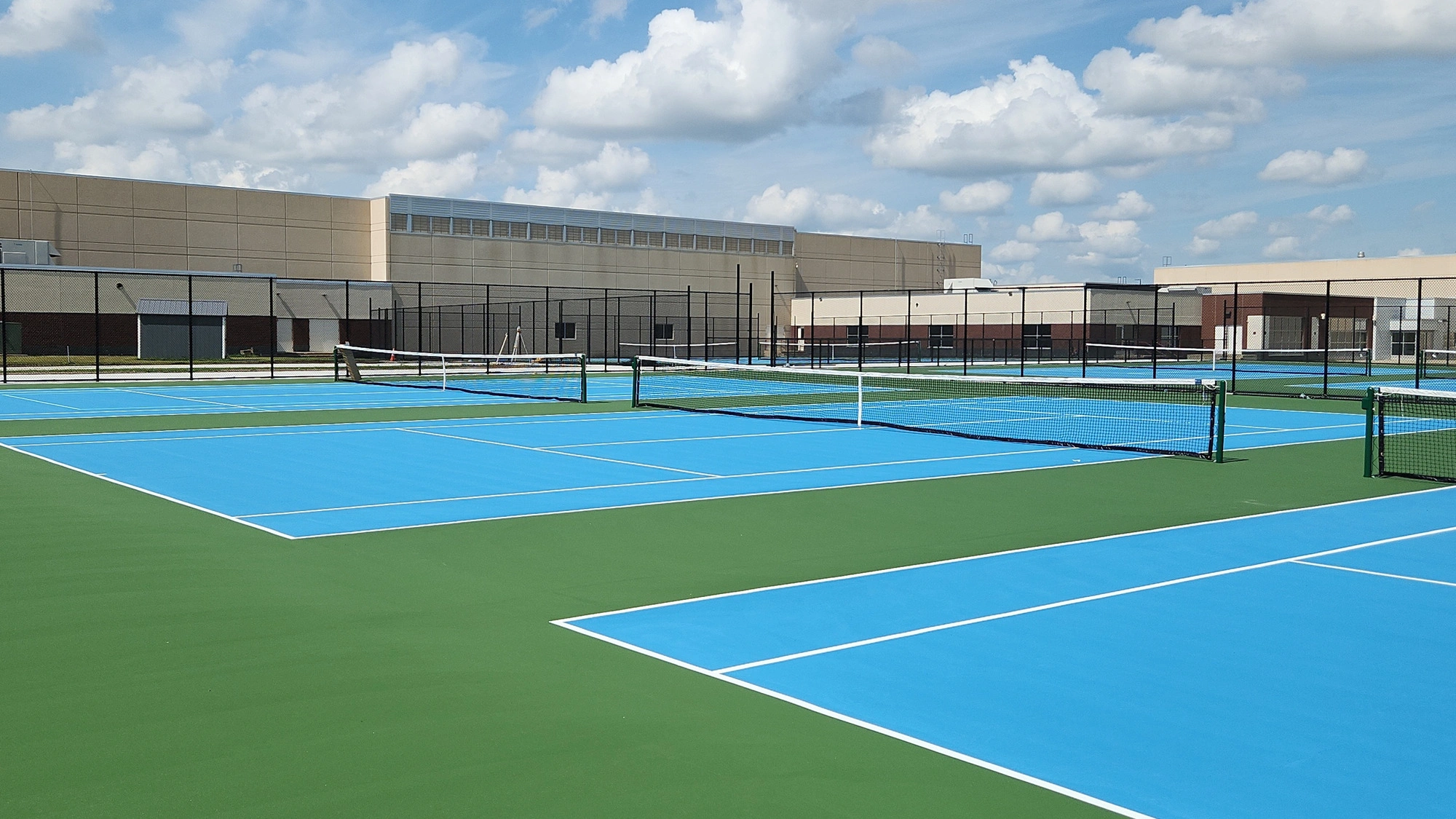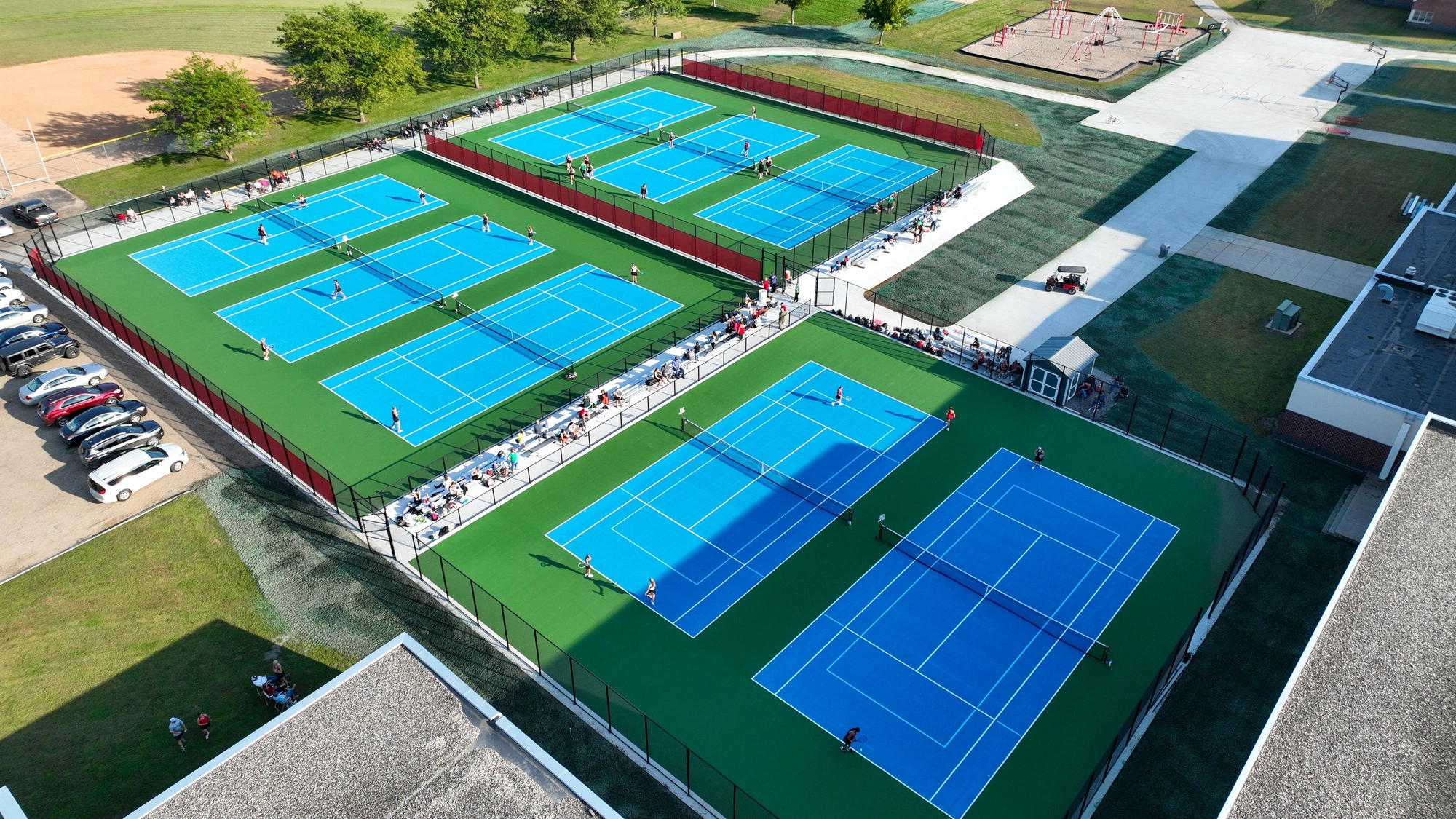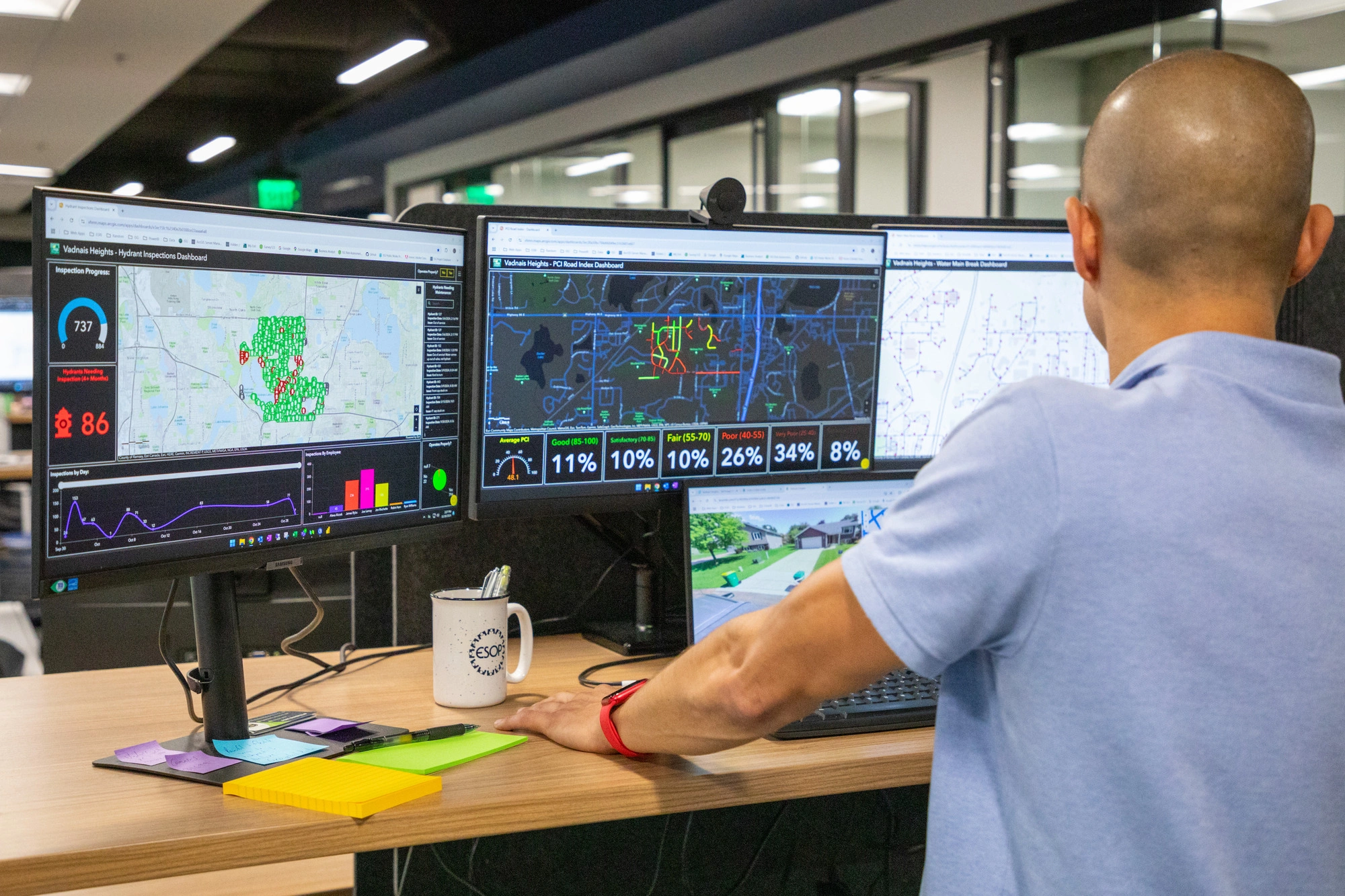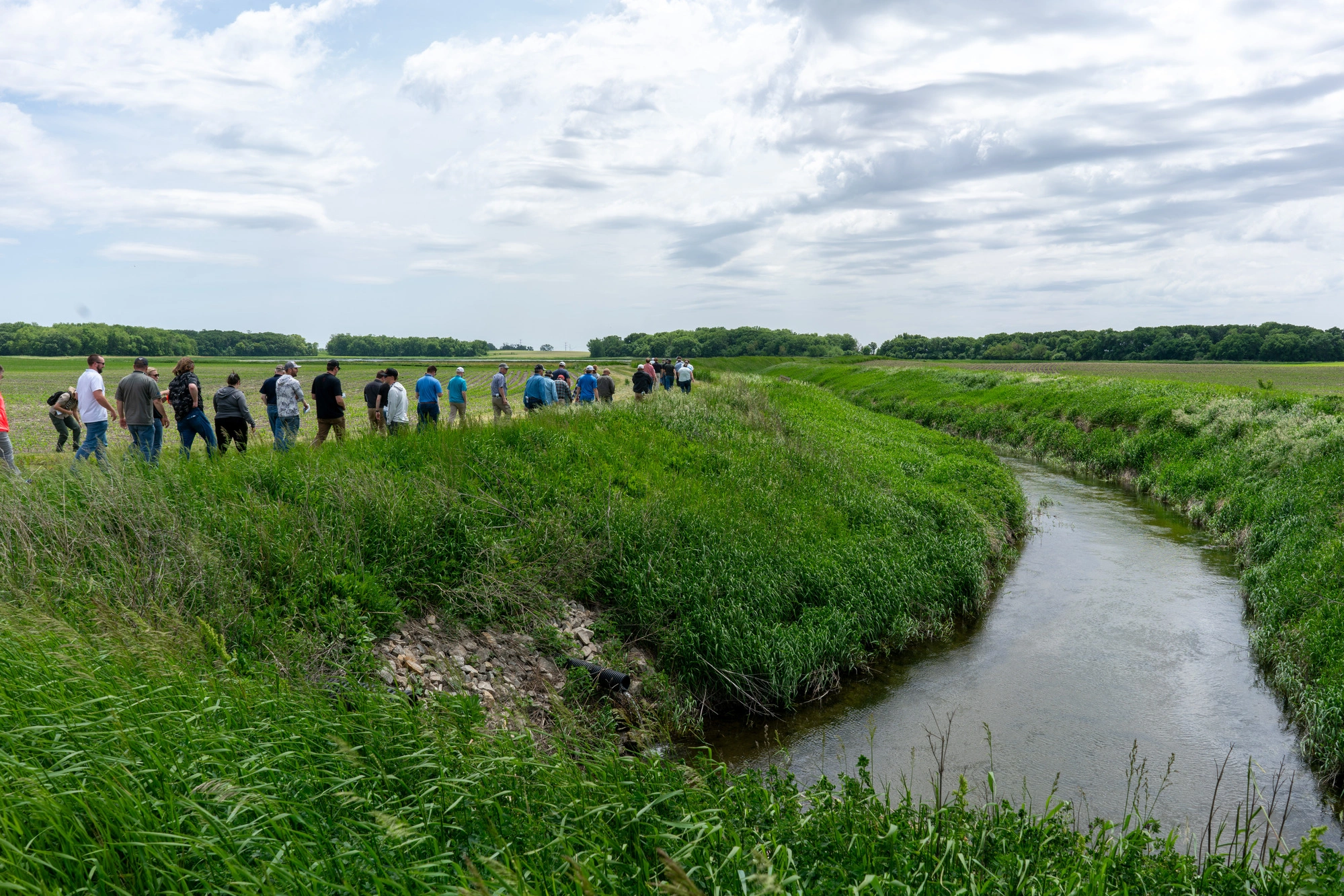Why Industrial Design Matters
For the last several decades, researchers have proven time and time again that any given organization’s built environment directly effects the levels of creativity and productivity amongst its employees. Similarly, production and packaging facility design requires meticulous attention to detail in order to integrate complex systems of equipment, accommodate precise processing needs, and maintain building code, safety, and material handling practices throughout.
So how are A/E firms helping companies support happier employees, more efficient processes, and innovative products? Let’s answer by walking through some of today’s most important considerations in industrial design.
Flexibility
To survive and advance in today’s industrial world, agility is key to a successful business. Likewise, facilities require the structural flexibility to accommodate future expansions and reconfigurations.
Solution: Insulated metal panels (IMPs) are the material of (reuse) choice for many clients looking to construct exterior walls that can be removed and relocated without major demolition or disruption to other facility systems.
Cost-Competitiveness
Every opportunity to limit costs is an opportunity to invest more in the products and people that set great companies apart from the competition.
Solution: Implementing single-trade construction techniques, locally sourced building materials, and pre-manufactured work stations into design and delivery strategies keeps costs low and ROI high.
Equipment Layout + Workspace Planning

Businesses are constantly looking to continue to improve production processes without causing major disruption to facility design. However, cumbersome and complex equipment systems make it difficult to reconfigure floor layouts.
Solution: Long-term facility planning for permanent equipment, LEAN workspaces, and removable sections of concrete slabs for additional or new equipment installation.
Controlled Environments

The ability to control facility environments can help protect highly sensitive processes for manufacturers, the health of our planet, and client operating costs.
Solution: LEED Certified designs, automated and electrical and mechanical alert systems, and precise temperature, lighting, energy use, air-flow controls for clean/environmental rooms.
Employee Health
Employee safety has long been a trigger topic for industrial workers, and today’s workforce is experiencing an even greater push towards healthy, empowering work environments for workers at all levels of the organization.
Solution: Long-term site master planning, employee resource and training centers, corporate university campuses, and welcoming common spaces promoting a well-rounded well-being for round-the-clock operation employees in both their professional and personal lives.
So there you have it. Just as the materials and processes that go into each product matter, so too do the designs of the spaces where they are made. A/E firms have a direct influence on the products that flood the world of commerce, and it’s our responsibility to help industry partners continue to drive innovation in their unique markets with innovative designs of our own.
Join the conversation #ISGIndustrial #DesignMatters
Related Articles

.webp)
ISG Recognized as a 2025–26 Emerging Professional Friendly Firm for the Fourth Consecutive Cycle
ISG has been honored as a 2025–26 Emerging Professional Friendly Firm by AIA chapters in North Dakota, South Dakota, Wisconsin, and Minnesota in recognition of its commitment to fair compensation, licensure support, mentorship, and growth for early-career architects.





